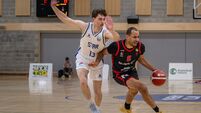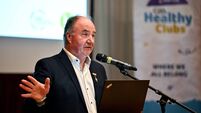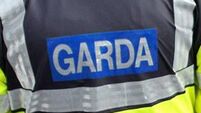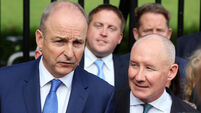Malice at the Palace: How a new documentary re-examines the epochal NBA brawl
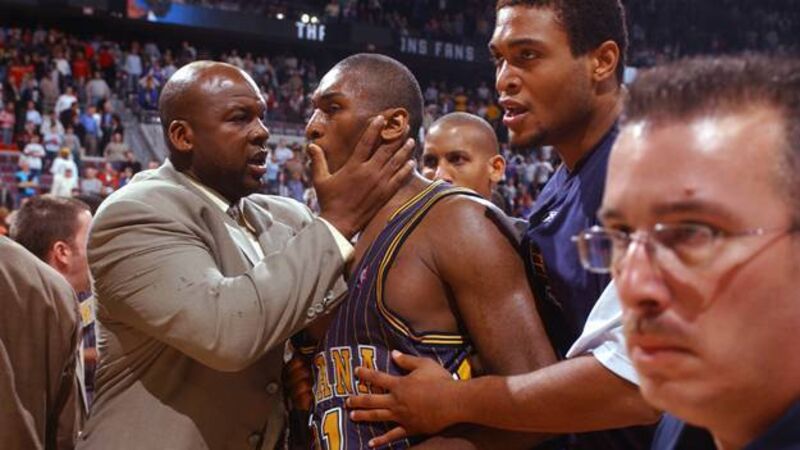
Ron Artest of the Indiana Pacers is restrained during a melee involving fans during a game against the Detroit Pistons on November 19, 2004 at the Palace of Auburn Hills, Michigan. Below, officials attempt to restore order. P
For my money, the indelible image from the Malice in the Palace — the notorious 2004 on-court riot that pitted NBA players against spectators and changed the shape of basketball as we know it — wasn’t Ron Artest pouncing on that wide-eyed fan in the stands. Or Artest and his fellow Indiana Pacers making their off-court escape as the unruly crowd hailed down their half-consumed concessions from on high.
Or even the hard foul Artest committed on the Detroit Pistons’ Ben Wallace at the end of this nationally televised Pacers blowout that kicked off the ugly affair.





